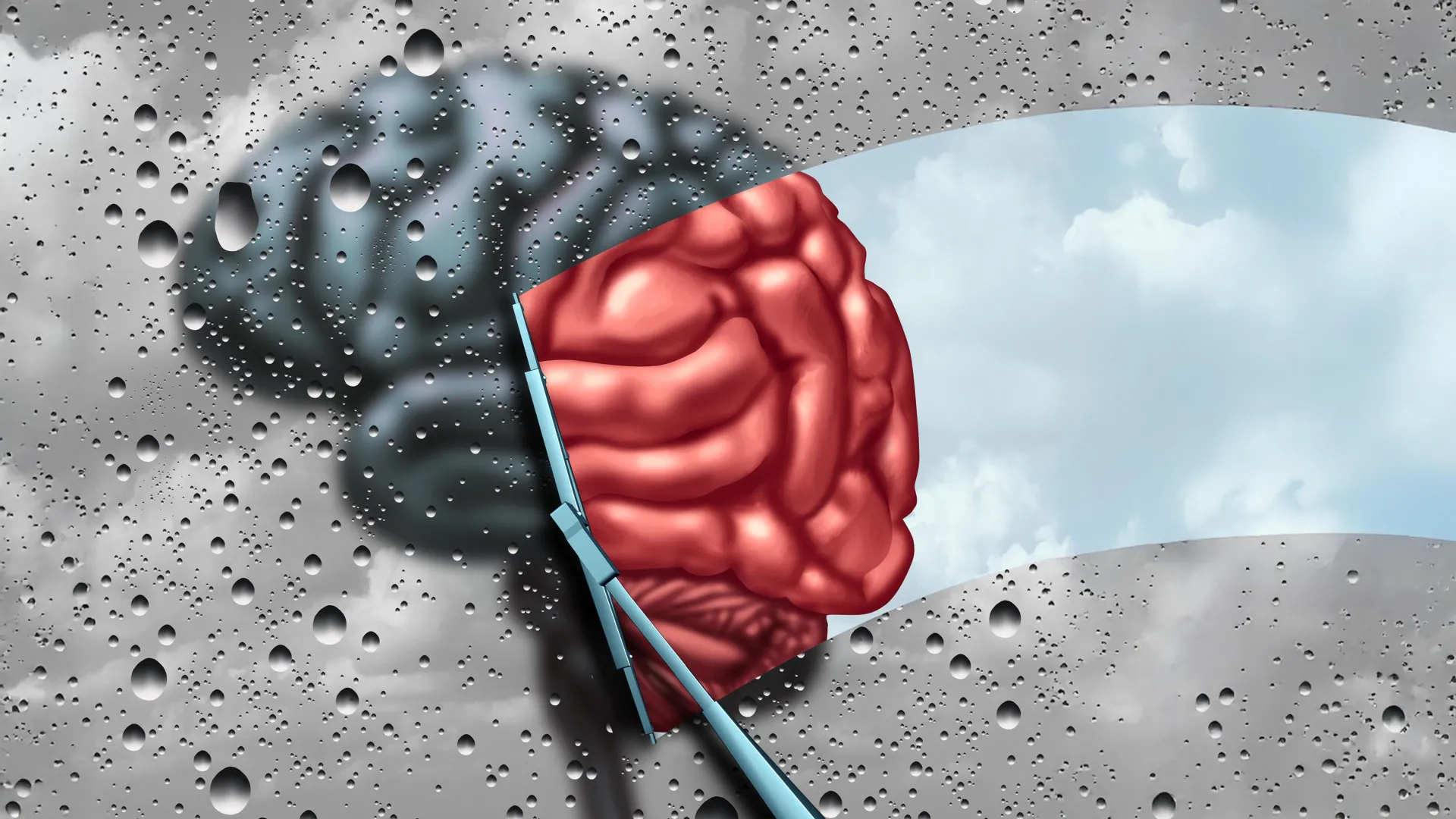Scientists reverse Parkinson’s symptoms in mice — Could humans be next?
Motor function was improved in experimental models, paving the way for further research in humans.
- Date:
- July 5, 2025
- Source:
- University of Sydney
- Summary:
- Scientists at the University of Sydney have uncovered a malfunctioning version of the SOD1 protein that clumps inside brain cells and fuels Parkinson’s disease. In mouse models, restoring the protein’s function with a targeted copper supplement dramatically rescued movement, hinting at a future therapy that could slow or halt the disease in people.
- Share:

Groundbreaking research by the University of Sydney has identified a new brain protein involved in the development of Parkinson's disease and a way to modify it, paving the way for future treatments for the disease.
Parkinson's disease is the second most common neurological condition after dementia, with over 150,000 people in Australia living with the condition.
The research team, led by Professor Kay Double from the Brain and Mind Centre, has spent more than a decade studying the biological mechanisms underpinning the condition, with the aim of finding new treatments to slow or stop its progression.
In 2017, the team published a paper in Acta Neuropathologica, identifying for the first time the presence of an abnormal form of a protein - called SOD1 - in the brains of patients diagnosed with Parkinson's disease.
Normally, the SOD1 protein provides protective benefits to the brain but, in Parkinson's patients, it becomes faulty, causing the protein to clump and damage brain cells.
The newest study by the same University of Sydney team, published in Acta Neuropathologica Communications,builds on this research. It found that targeting the faulty SOD1 protein with a drug treatment improved the motor function in mice bred to have Parkinson-like symptoms.
Professor Double said: "All the mice we treated saw a dramatic improvement in their motor skills which is a really promising sign it could be effective in treating people who have Parkinson disease too.
"We hoped that by treating this malfunctioning protein, we might be able to improve the Parkinson-like symptoms in the mice we were treating - but even we were astonished by the success of the intervention."
Methodology
The study involved two groups of mice bred to have Parkinson-like symptoms. One group of mice was treated with a special copper supplement for three months, while the other received a placebo.
Throughout the study, the mice receiving the placebo saw a decline in their motor symptoms. The mice receiving the special copper supplement, however, did not develop movement problems.
Professor Double said: "The results were beyond our expectations and suggest, once further studies are carried out, this treatment approach could slow the progression of Parkinson's disease in humans."
What is Parkinson's disease?
Parkinson's disease is a degenerative neurological disorder in which dopamine-producing cells in the brain die, leading to a range of symptoms including tremors, muscle stiffness, slow movement and impaired balance.
At present there is no known cure and only limited treatments, although researchers hope understanding the causes of the disease will lead to improved treatments.
Professor Double said: "As our understanding of Parkinson's disease grows, we are finding that there are many factors contributing to its development and progression in humans - and faulty forms of the SOD1 protein is likely one of them.
"Just as researchers found with HIV, Parkinson's disease is a complex condition that likely requires multiple interventions. A single treatment may have a small effect when used alone but, when combined with other interventions, contributes to a significant overall improvement in health."
The researchers' next step is to identify the best approach to targeting the faulty SOD1 protein in a clinical trial, which could be the start of a new therapy to slow the development of Parkinson's disease.
Story Source:
Materials provided by University of Sydney. Note: Content may be edited for style and length.
Journal Reference:
- Benjamin D. Rowlands, Benjamin G. Trist, Connor Karozis, Greta Schaffer, David Mor, Richard Harwood, Sarah A. Rosolen, Veronica Cottam, Freyja Persson-Carboni, Miriam Richardson, Anne A. Li, Michael P. Gotsbacher, Amr H. Abdeen, Rachel Codd, Kay L. Double. Copper supplementation mitigates Parkinson-like wild-type SOD1 pathology and nigrostriatal degeneration in a novel mouse model. Acta Neuropathologica Communications, 2025; 13 (1) DOI: 10.1186/s40478-025-02048-2
Cite This Page: